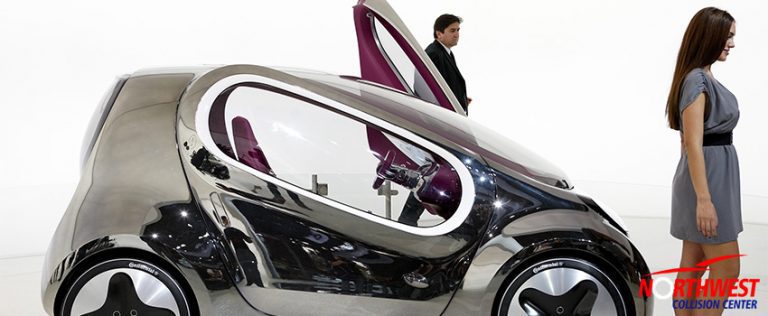Electric vehicles run by consuming electricity rather than gasoline; instead of gasoline and combustion engines, electric vehicles have batteries and electric motors. One significant difference electric and traditional cars have is the environmental benefit. With little or no gasoline to operate, electric vehicles do not produce emissions that are harmful to the environment.
Switching from gas-powered vehicles to electric cars is a big step for anyone to take. Differences are seen, not only in terms of environmental benefits but also in functionality, maintenance, and charging. Before you decide to take that leap from one to another, let us try to answer your questions about electric vehicles, so you know what to expect.
1. What Is The Main Difference Between Electric Vehicles And Plug-In Hybrid Electric Vehicles?
Electric Vehicles (EVs) use electricity to operate, thus lessening the costs for refueling and oil changes. With its fewer and simpler components, maintenance costs are also reduced.
Plug-in Hybrid Electric Vehicles (PHEVs) use a combination of both gasoline and electricity. Thus they have a gasoline tank, combustion engine, battery, and electric motor. Its electric power alone can operate from 15 to 50 miles, and once the energy has been depleted, it can still drive like a regular car and refuel at gas stations. With PHEV’s combination of both electricity and fuel, fuel consumption is still low when you drive around the city.
2. Are Electric Vehicles Better For The Environment?
Yes, definitely. Pure electric vehicles do not emit carbon dioxide when driving. Thus, it does not produce air pollution that causes respiratory illnesses. Using an electric car contributes to cleaner air and a better environment for cyclists, motorists, and pedestrians.
3. How Far Can An Electric Vehicle Run?
When fully charged, most electric cars available can go 200 miles, while Tesla Model S holds the record of around 400 miles per charge. However, remember that speed, weather, climate control, and driving habits can still impact the driving range. If you are driving less than 200 miles every day, most electric vehicles now would surely suit your needs.
4. Can I Use My Electric Vehicle On A Road Trip?
Yes, any electric car can go on a road trip. There shouldn’t be an issue going on a road trip as long as there is a charging station along the way.
5. Where Can I Charge My Electric Vehicle?
You can charge your electric vehicle at home by having a dedicated home charger installed. It is ideal to use a 240-volt outlet for a better charging experience, but you can still charge it with a 120-volt wall outlet.
If you do not have a home charger, you can still own an electric vehicle by looking for public charging stations nearby. Currently, there are more than 20,000 charging ports around the United States, which is expected to increase in the coming years. Looking for a public charging station is not difficult. There are apps and websites dedicated to helping drivers in need of charging.
6. How Long Does It Take To Charge An Electric Vehicle?
Depending on the battery size and charging speed, charging takes as little as 30 minutes or as much as 12 hours. The larger the battery size and the slower the charging rate, the longer it takes to charge fully. For most drivers, the most convenient option is to charge the vehicle overnight at home. You may also opt to top-up the charge rather than waiting for it to be drained.
7. Is it Safe to Charge an Electric Vehicle in the Rain?
Yes, you can still charge your vehicle even if it is raining without causing electric shock. Do not worry; the manufacturer built the charger and car itself with the proper protection to avoid short circuits.
8. What Does It Feel Like To Drive An Electric Vehicle?
The driving experience with electric cars versus gas-powered vehicles is undoubtedly different. Electric cars do not have clutches, tailpipes, or gearboxes; they run so smoothly and quietly, thus assuring a more comfortable ride.
9. Are Electric Vehicles Safe To Use?
Yes, they are safe to use. The likelihood of malfunctioning is much less because it contains fewer components inside. Compared to gas-powered cars, the probability of the electric car catching fire is lower because it does not have a clutch, gearbox, or engine oil. Further, the batteries have a cooling feature with good thermal resistance.
Are you ready to make that switch? Now that we have answered the common questions, we hope we can help you decide whether you can switch from gas to electric.
If your car needs an auto body repair shop in St. Petersburg, FL, Northwest Collision Center is your best option. Being in the business for 62 years, we are a reliable auto shop that provides complete repair on any of your car needs. Give us a call anytime, and we will be glad to assist you.










